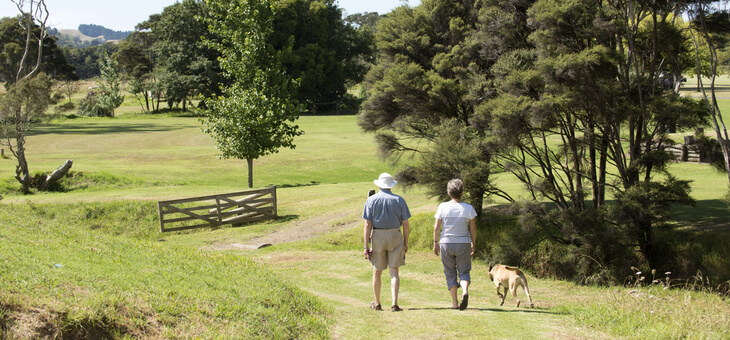It’s become a national pastime for Australians to mock and tease our New Zealander mates across the Tasman.
However, when it comes to retirement living and aged care, it’s pretty clear that New Zealand has the wood over Australia.
Due to the fact there are no state governments in New Zealand, there is a single, nationwide regulatory system that oversees retirement villages and aged care.
This means that, in New Zealand, it is relatively easy to move from living independently in a retirement village unit to moving into a care apartment or room, usually on the same site.
Compare this to Australia, where retirement villages are regulated under state and territory law and aged care facilities operate under federal law, with each system having its own pricing models and disparate business practices.
Read: Australia set for dire aged care shortage
As a result, in Australia, moving from a retirement village and into aged care can sometimes be more difficult than it should be.
Now, major New Zealand operators are shaking up the Australian market by importing their successful Kiwi ‘one-stop-shop’ care model to Australia – in a big way.
For instance, New Zealand-based Ryman Healthcare announced in October that it was on track to be Victoria’s largest retirement living and aged care operator.
That’s an incredible statement given the company opened its first retirement community in Melbourne only seven years ago.
Since 2014, Ryman has invested more than $1 billion opening five villages, which are home to 1000 residents. The company has plans to invest $1.5 billion to develop a further seven villages, taking its total investment to $2.5 billion.
In a recent interview with Downsizing.com.au, Ryman CEO Cameron Holland said the company was bringing its New Zealand model to Australia.
“I think what we’ve noticed so far is that the New Zealand model does suit the customer first and foremost in this market really well,” he said.
Read: Most homes would fail minimum staffing levels
“That’s been one of the big tests for Ryman over the past seven years, entering the Victorian market, to really know and understand whether that model resonates with the residents in Victoria. And the answer is categorically yes.”
This model ensures that when Ryman builds a new retirement village, an aged care facility is co-located with it, so the resident doesn’t need to move to a different site if additional care is required.
To make the move from the retirement village to aged care even smoother, Mr Holland said departing residents will get their money back within six months after leaving and covers all dwelling refurbishment costs.
This means that, unlike in some other retirement villages, you don’t have to use an agent supplied by the village operator to find a buyer for your unit, and haggle about refurbishment or renovation costs before you get your money back.
It also means you don’t have the potential of a capital loss (or gain) on your dwelling.
Read: Expert tells why aged care is so expensive
“As soon as someone’s care needs meet the required standard, we can pretty much move them in the next day,” said Mr Holland.
“A lot of the arguments that other operators I know have – because I used to work with those operators – about that end of contract period, just go away.
“So, it’s another feature of the New Zealand model I guess, that is really beneficial.”
Ryman is also looking at expanding its home care services, which could mean its residents may be less likely to even need to move into an aged care facility.
Ryman is not the only big Kiwi player importing some New Zealand thinking into our market.
In September, the New Zealand-based Summerset group announced it had purchased its fifth Melbourne site, although its first village is not expected to open until late 2022.
Given the new villages are likely to have an average development cost of $200 million, this represents a further $1 billion investment from across the ditch.
Summerset also focuses on a ‘continuum of care’ model, where a resident can easily move from living actively and independently to receiving a wide range of care.
Stewart Scott, Summerset’s general manager development Australia, pointed out that New Zealand had a higher rate of seniors in retirement communities, compared to Australia.
That fact, and given Australia’s rapidly ageing population, meant his company saw Australia as a huge growth market.
Both companies have long-term aspirations to expand outside of Victoria.
In short, our Kiwi friends are importing a clear and fresh ‘one-stop-shop’ approach to retirement living and care, which is resonating in the Australian market.
Mark Skelsey is the editor of over 50s housing portal Downsizing.com.au
Do you have an aged care plan? Have you followed the fallout from the aged care royal commission? Why not share your thoughts in the comments section below?
If you enjoy our content, don’t keep it to yourself. Share our free eNews with your friends and encourage them to sign up.

